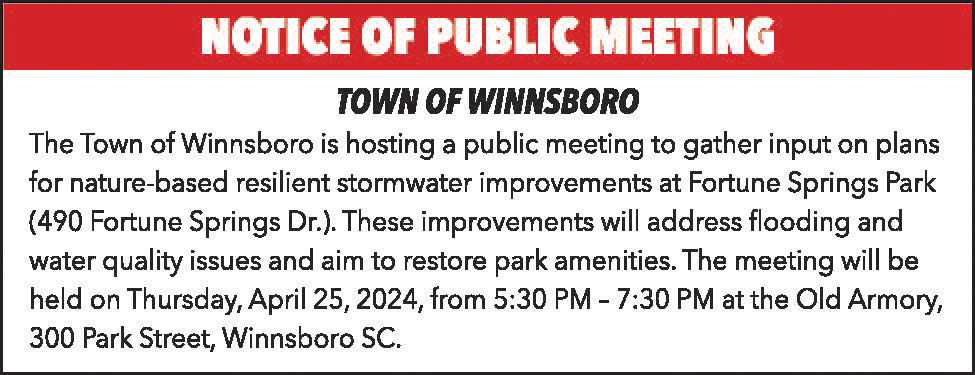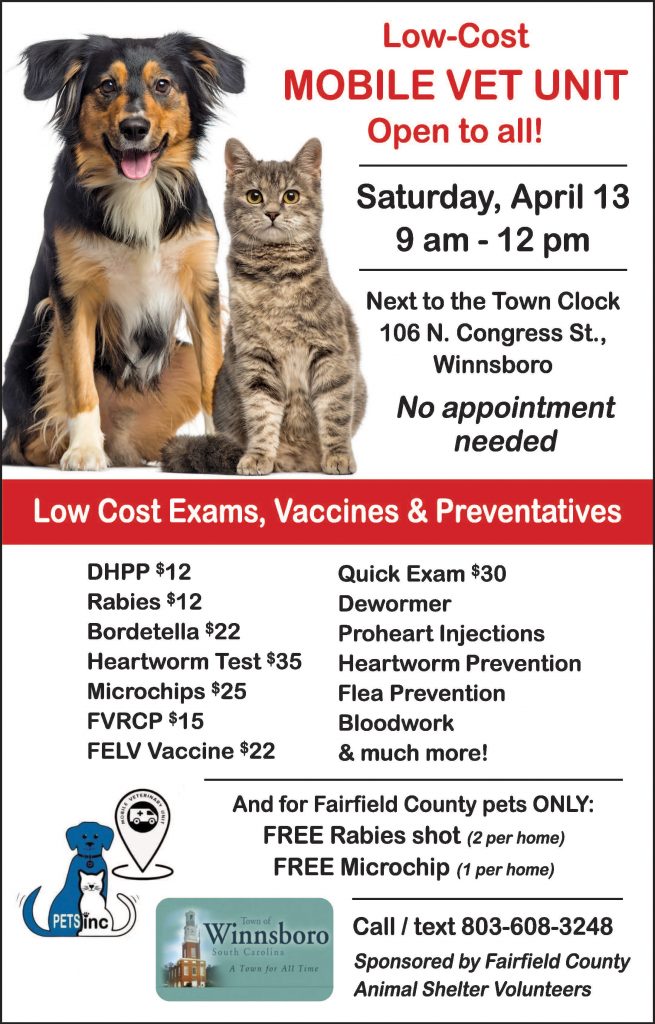BLYTHEWOOD (May 12, 2016) – The Board of Zoning Appeals (BZA) rejected a request Monday night for a variance that would have squeezed more homes into less space in the Abney Hills subdivision.
About 25 residents of the Phase I section of Abney Hills subdivision packed Monday night’s BZA meeting in opposition to the request from Essex Homes, the neighborhood’s developer, for a variance to reduce the residential side setbacks from 15 feet to 10 feet in Phase II of the subdivision. With the reduced setbacks, the houses would be closer together. The side setbacks in Phase I are a combined 17-feet minimum.
Resident Colin Murch led off a string of speakers opposing the request.
“The variance request is more of a financial request than a request for (better) land utilization. The letter submitted with the application for the variance was, in my opinion, disingenuous and misleading in the fact that the developer states they don’t want to change the character of the development. They are reducing the lot size (in Phase II) by an average of 19 percent. There were only 47 lots in the original concept of Phase II,” Murch said, “and now Essex proposes 52 lots, an increase of five lots. If you (Essex) went back to the 47 lots, you wouldn’t need the variance to make the houses all fit in. It’s clearly a financial ploy.”
Because the first phase of the project was designed before the subdivision was annexed into the town of Blythewood, that phase was developed to the standards of Richland County’s Open Space ordinance, which allowed more flexibility in setback metrics, said John Champoux, Vice President of Sustainable Design Consultants, Inc., representing Essex. The second phase is being developed completely under the Town’s regulations, which require the 15-foot side setback.
“The lots in Phase I are larger than they had to be,” Town Planner Michael Criss confirmed, “and the lots proposed in Phase II are smaller than those in Phase I. But they are not smaller than the 12,000-square-foot minimum required by R-12 zoning, the subdivision’s zoning classification.”
Champoux pointed out in the letter accompanying the variance application that, “A reduction in the side setback requirement will give (Essex) the ability to offer a comparable product (home) at a comparable price point in the second phase as they were able to offer in the first phase. The more restrictive 15-foot side setback would require Essex to offer a different, downsized product that will change the character of the neighborhood and lower property values of those who have already bought into the community.”
Board member Joseph Richardson clarified Essex’s position for those in attendance.
“In order to build the same size home on the smaller Phase II lots as you built on the larger Phase I lots, you are proposing to reduce the setbacks between the (Phase II) homes,” Richardson said. He pointed out that the restrictions could be eliminated if Essex went back to 47 lots.
Champoux agreed that the reason Essex was asking for the setback was partly financial.
“The best-selling product in Blythewood is selling in Phase I in Abney Hills Estates,” Champoux said, “so we want to offer the same size (homes) on these (Phase II) lots as we offered in Phase I. We’re asking for a variance in order to do that.”
Chairwoman Sabra Mazyck reminded the Board that “The fact that property may be utilized more profitably, should a variance be granted, may not be considered grounds for a variance.”
She also read from the Powers and Duties of Board of Zoning Appeals that the Board can only grant a variance if it can meet all of five findings and conclusions in a written order. After considering each of the five items, Board members concluded that all of the findings and conclusions could not be met and voted 4-0 to deny the variance request.










